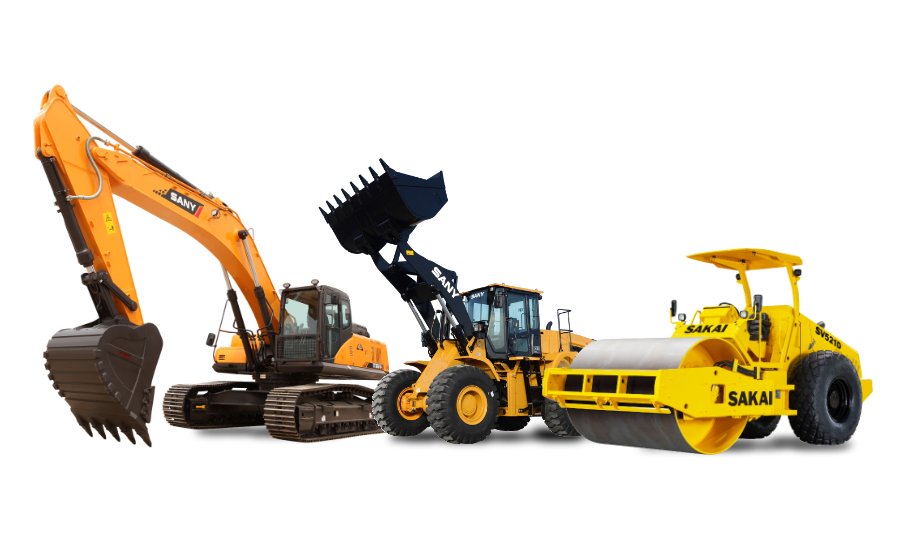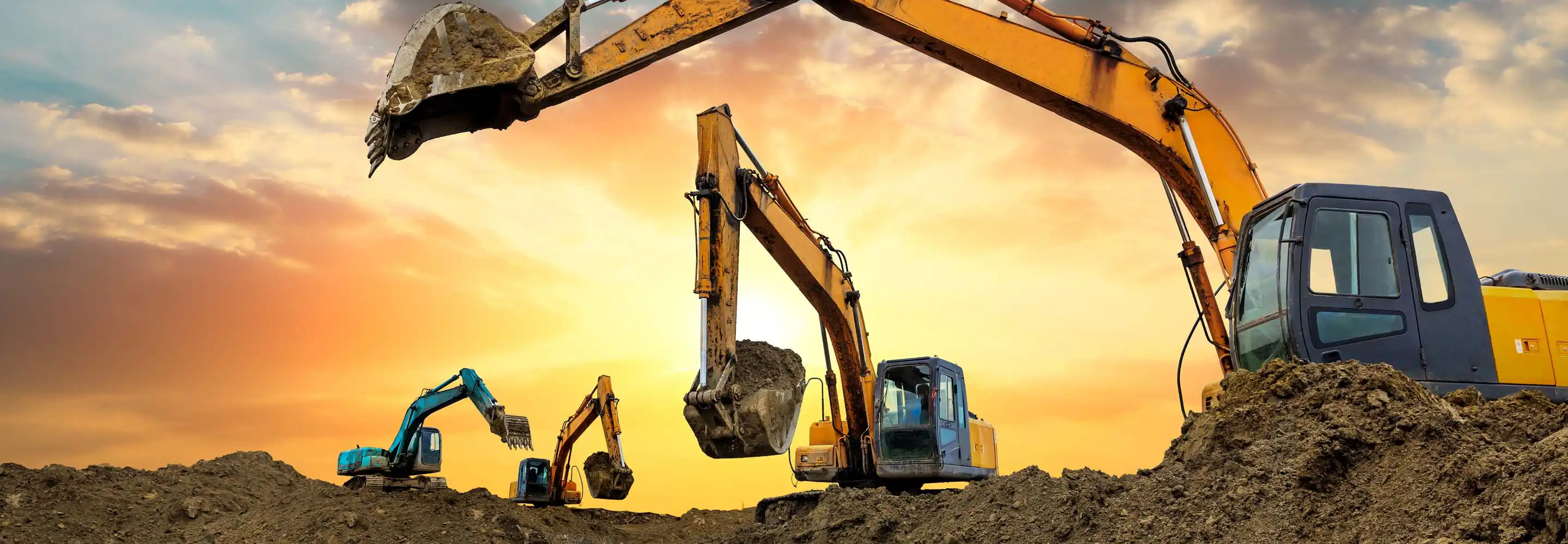Boom Lift Rental: Get To New Levels Safely
Boom Lift Rental: Get To New Levels Safely
Blog Article
Renting Vs. Acquiring Building And Construction Equipment: Making the Right Selection for Your Task
When getting started on a building and construction project, one of the important choices that forecast managers and stakeholders face is whether to acquire or rent out building tools. The choice hinges on different variables such as cost considerations, job period, devices maintenance, scalability, flexibility, and threat monitoring.
Price Factors To Consider
Renting out tools typically calls for lower preliminary repayments contrasted to purchasing, making it an appealing alternative for short-term jobs or specialists with budget constraints. In the lengthy run, continually renting tools can collect higher expenses than purchasing, especially for extended projects.
On the other hand, acquiring building equipment involves greater in advance expenses however can lead to lasting cost savings, particularly for lasting tasks or frequent customers. Possessing devices gives versatility, benefit, and the possibility for resale worth once the task is finished. Furthermore, owning equipment permits personalization and experience with specific equipment, potentially boosting efficiency and efficiency on-site. Ultimately, the choice between purchasing and renting out building and construction devices depends upon the project's period, frequency of usage, spending plan factors to consider, and lasting financial goals.
Job Period

Conversely, for lasting projects or recurring building and construction job, getting tools can be the more cost-effective option. Purchasing devices can bring about cost savings in the future, particularly if the equipment will be regularly utilized. In addition, having devices gives a sense of control over its availability and enables modification to fit details project requirements.

Tools Upkeep
Offered the essential duty task period plays in determining the most cost-effective approach between purchasing and leasing construction equipment, the focus currently moves in the direction of taking a look at the important facet of devices upkeep. Proper maintenance is crucial for making sure the optimal performance and long life of building tools. Renting devices commonly comes with the advantage of having properly maintained machinery offered by the rental company. This can reduce the concern of maintenance jobs from the project proprietor or service provider, saving time and effort. On the other hand, having equipment requires a proactive strategy to maintenance to prevent breakdowns, make certain safety and security, and prolong the devices's lifespan. Routine assessments, maintenance, and timely repair work are needed to keep owned and operated tools in top working condition. Element in upkeep expenses when making a decision between renting out and getting, as neglecting upkeep can bring about pricey repair services, downtime, and project delays. Ultimately, a well-kept construction devices fleet, whether rented or had, is necessary for the effective and successful conclusion of construction jobs.
Versatility and Scalability
In the realm of building devices monitoring, the element of adaptability and scalability holds substantial significance for project effectiveness and resource use. Deciding to lease construction equipment provides a high degree of versatility as it permits for the fast adjustment of tools types and quantities based on the advancing needs of a job.
Moreover, scalability, an additional important element, is inherently linked to adaptability. Renting out construction devices provides the benefit of quickly scaling procedures up or down as job needs rise and fall. Contractors can quickly add or exchange devices to match the project's altering demands without the constraints of possessing assets that might become underutilized or out-of-date. This capacity to scale sources successfully can result in cost savings and enhanced task timelines, making leasing a positive option for jobs calling for adaptability and receptive source appropriation.
Danger Management
Efficient danger management in building tools procedures is extremely important to making sure task success image source and mitigating potential financial losses. Building jobs inherently entail various threats, such as equipment breakdowns, crashes, and task delays, which can dramatically influence the job timeline and budget plan. By meticulously thinking about the risks connected with owning or renting out construction equipment, project supervisors can make enlightened choices to lessen rent front end loader near me these potential dangers.
Renting out building and construction tools can offer a degree of risk mitigation by moving the responsibility of upkeep and fixings to the rental business. This can lower the economic burden on the task owner in case of unexpected equipment failures (aerial lift rental). In addition, renting supplies the versatility to access specialized equipment for certain task stages, reducing the threat of owning underutilized equipment
On the other hand, having building equipment gives a sense of control over its usage and upkeep. However, this additionally suggests birthing the complete obligation for repairs, upkeep expenses, and depreciation, increasing the economic threats connected with devices possession. Cautious risk assessment and factor to consider of variables such as project duration, tools application, and maintenance requirements are important in establishing the most suitable alternative for efficient threat administration in construction jobs.
Final Thought
In conclusion, when choosing between renting and buying construction equipment, it is essential to think about expense, project period, equipment upkeep, versatility, danger, and scalability management. Each factor plays an important function in identifying the most ideal choice for the task handy. By meticulously reviewing these facets, job supervisors can make an enlightened decision that straightens with their budget, timeline, and general job objectives.

Report this page